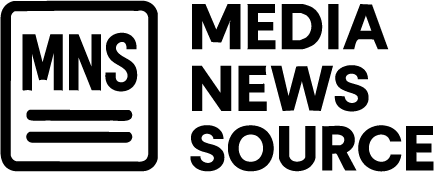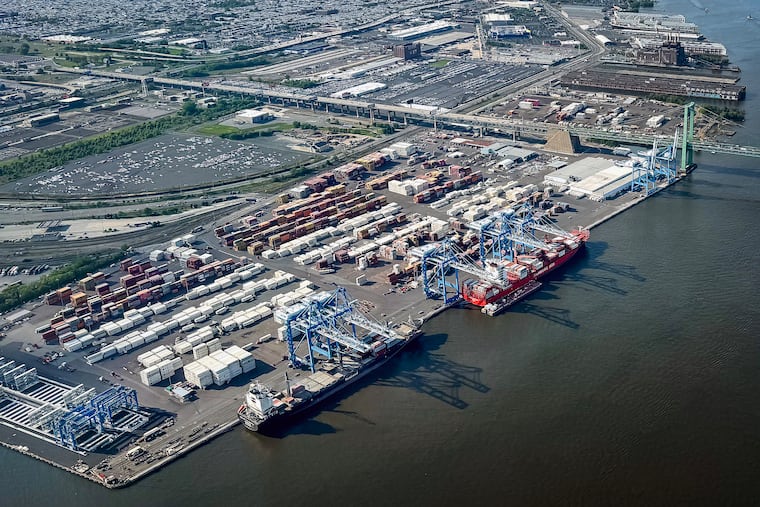Questions Arise Over Who Will Manage Trump’s Tariffs Amid Potential Federal Government Cuts.
In the evolving landscape of U.S. trade policy, the introduction of tariffs by former President Donald Trump marks a significant shift from the last decade. A mere ten years ago, tariffs were viewed unfavorably across the political spectrum, seen as antiquated tools for revenue generation rather than strategic policy instruments.
Since Trump initiated his presidential campaign in 2015, he has championed protectionist trade policies, a sentiment rooted in his long-standing belief in tariffs as mechanisms to safeguard American industries. During his first term, the administration targeted specific goods for tariffs after thorough investigations by the Commerce Department, aimed at identifying products detrimental to U.S. industries.
However, the current administration’s approach has drastically changed. Economists such as Elena Patel, who served in the Treasury Department under both the Obama and Trump administrations, express concern over the sweeping nature of Trump’s proposed 10% tariffs on all imports, which indiscriminately impact both allies and competitors. Patel notes the unprecedented level and breadth of these tariffs, pointing out that they could significantly raise consumer prices and disrupt multiple sectors across the economy.
The challenges of implementing such extensive tariffs amid a contracting federal workforce raise further uncertainties. As tariffs increase, businesses may face higher costs, particularly in manufacturing sectors where establishing or relocating production facilities would take additional time, thus compounding inflationary pressures. For instance, the automotive industry is unlikely to shift production strategies quickly due to existing dependencies in global supply chains.
Looking ahead, questions loom regarding the permanence of these tariffs. If a Democratic candidate returns to the presidency in 2028, the potential for a rollback exists, especially given the executive branch’s broad authority to implement tariffs. Historically, tariffs were seldom a primary negotiation tactic until Trump’s presidency, a trend that has persisted under successive administrations.
Moreover, the geopolitical implications of U.S.-China relations complicate any tariff negotiation strategy. As the situation evolves, analysts and businesses have expressed apprehensions about the stability and predictability essential for investment and capital markets.
Overall, the recent surge in tariff announcements signals a departure from traditional trade policies, suggesting a volatile period ahead for the U.S. economy as businesses contend with rising costs, market instability, and shifting international trade dynamics. Uncertainty surrounding trade policy not only complicates financial decision-making for businesses but also poses risks that extend far beyond tariff rates to overall economic health.
Maintaining a stable economic environment will be crucial in the coming months as stakeholders navigate these complex changes and their far-reaching consequences.






